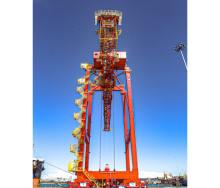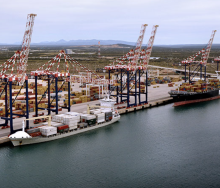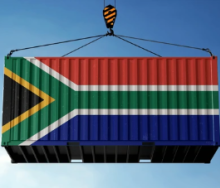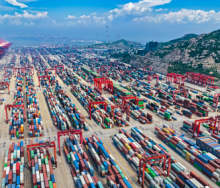Just as the Covid-induced shipping crisis played into the hands of shipping lines, who were able to hike rates on the back of excessive demand, so is the Red Sea crisis making a similar impact.
On the back of the continued strong container market caused by the ongoing crisis, AP Moller - Maersk has revised its outlook and expects to see a stronger financial performance in the second half of 2024.
Signs of further port congestion, especially in Asia and the Middle East, and the concomitant additional increase in container freight rates has motivated the development.
Maersk has upgraded its 2024 full-year guidance and now expects an underlying Ebitda of $7-9 billion and Ebit of $1-3bn (previously $4-6bn and $-2-0bn, respectively), and free cash flow of at least $1bn (previously at least $-2bn).
“In the past month, the container transport market has entered a new phase, driven by the disruptions from the ongoing crisis in the Red Sea and the ripple effects on global supply chains,” says Maersk CEO Vincent Clerc.
“While demand for container transport remains strong, supply has been negatively impacted by missed sailings, longer routes, equipment shortages, and delays, leading to increased congestion across several key ports in Asia and the Middle East. This demand and supply imbalance has had an immediate and profound impact on freight rates,” he added.
“After a stable first quarter, price increases gained momentum during April and May across many regions. The ongoing threats to commercial vessels in the Red Sea and growing supply chain bottlenecks indicate that this situation won't improve soon. More capacity than expected will be needed to resolve these issues and stabilise the global supply chain. This has led us to reassess the outlook for the remainder of the year and upgrade our financial guidance.”













